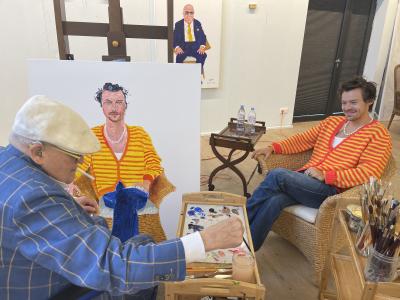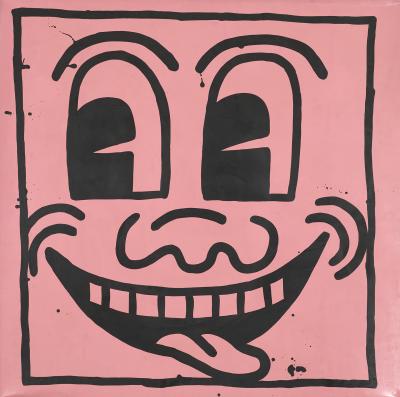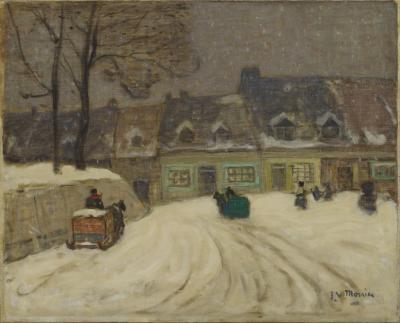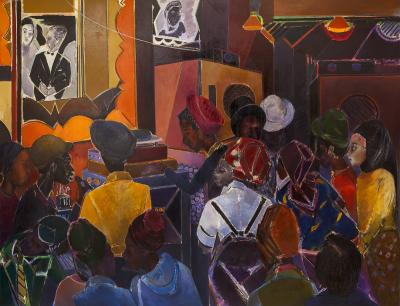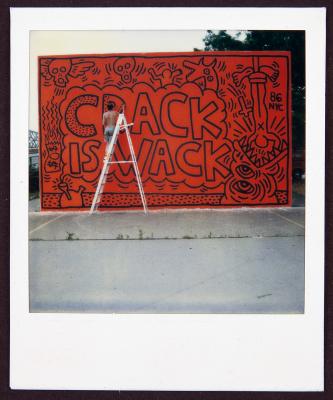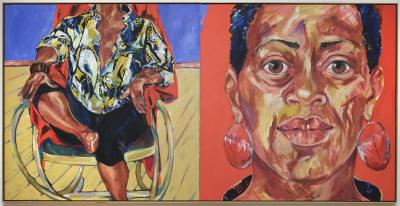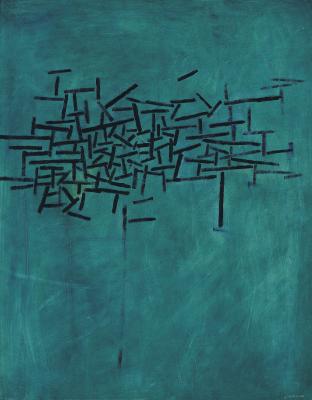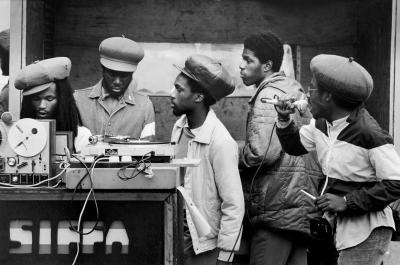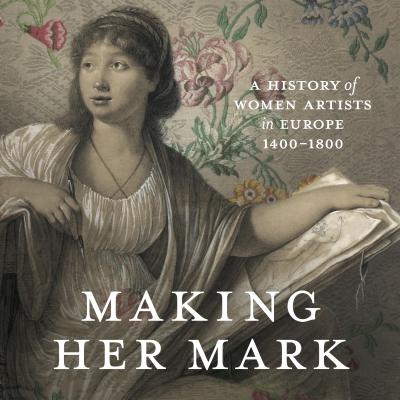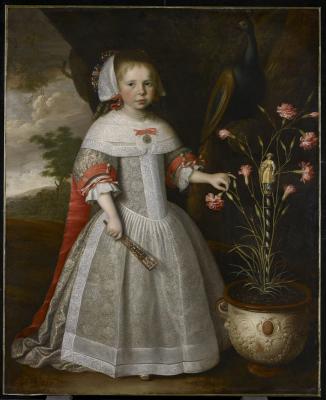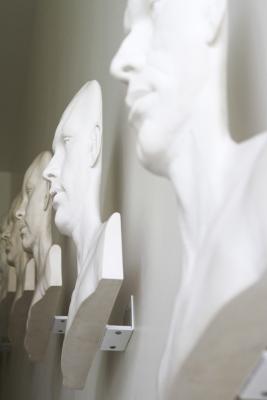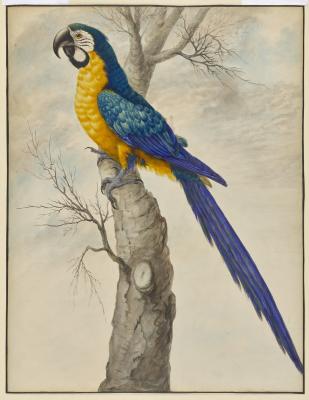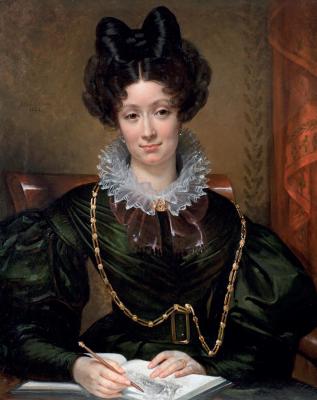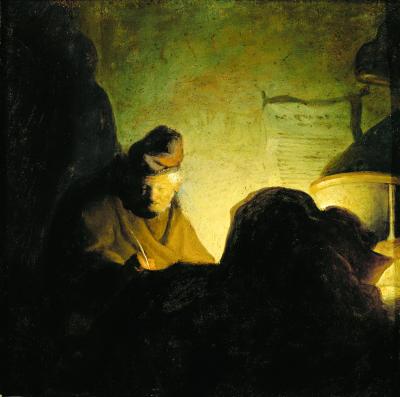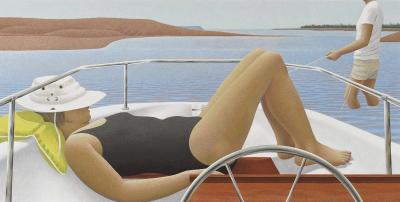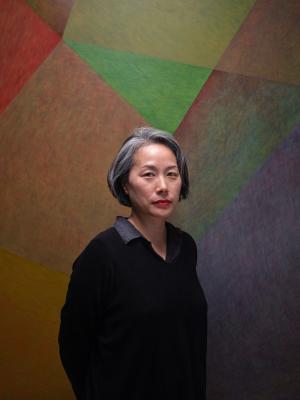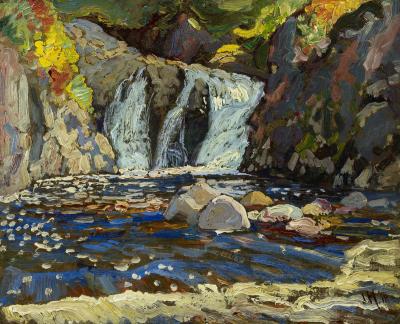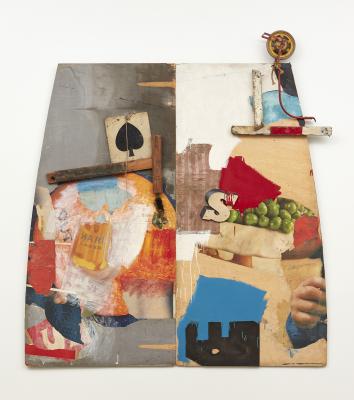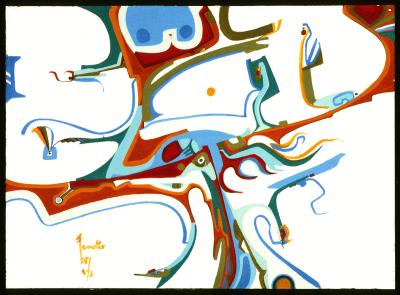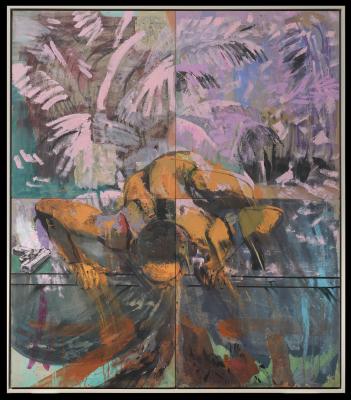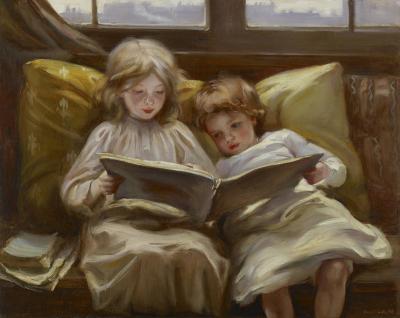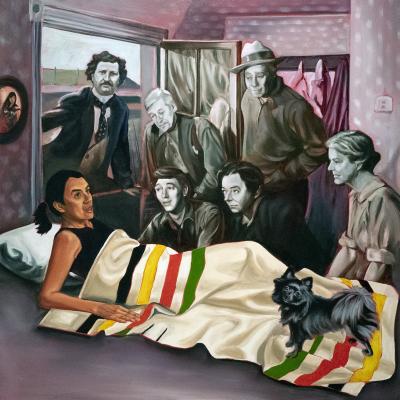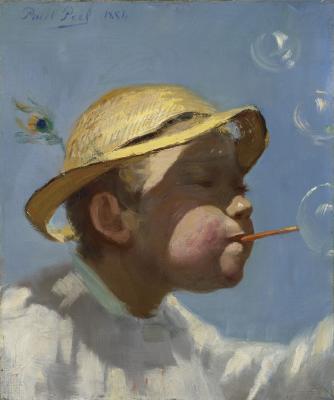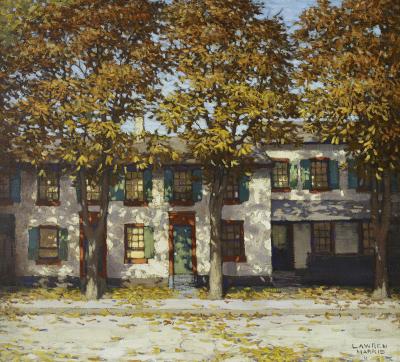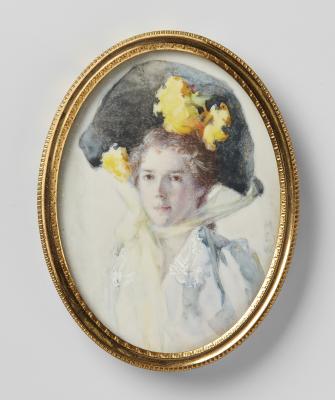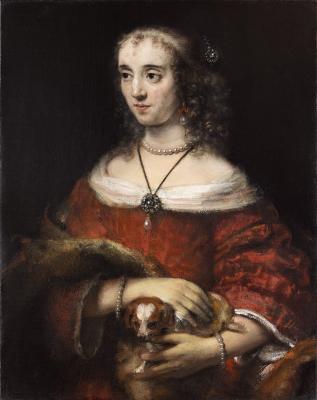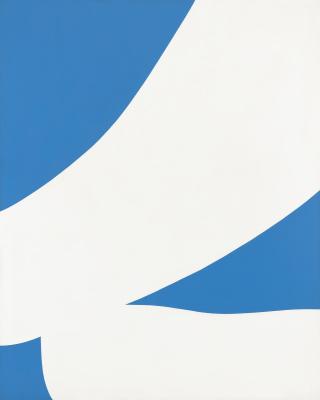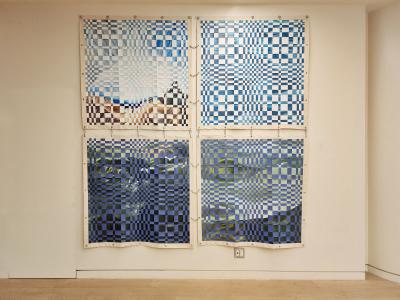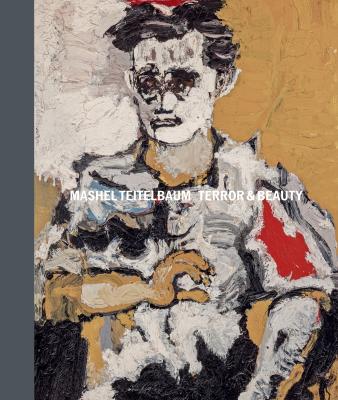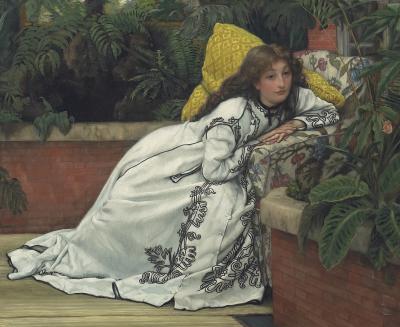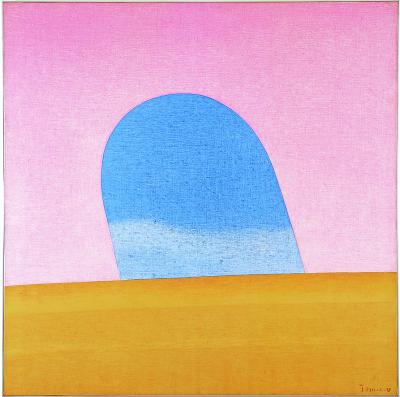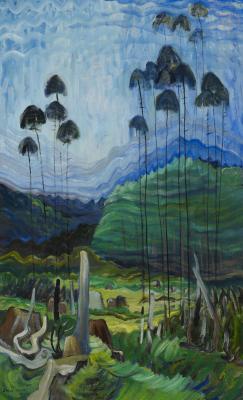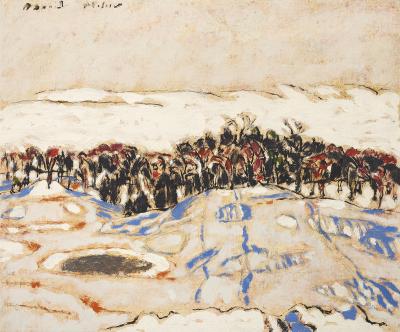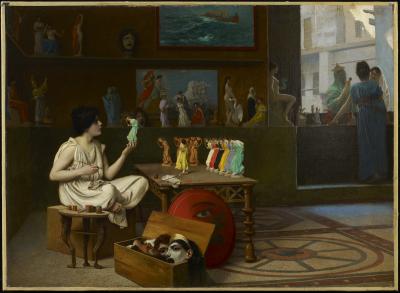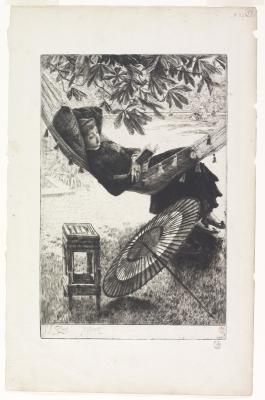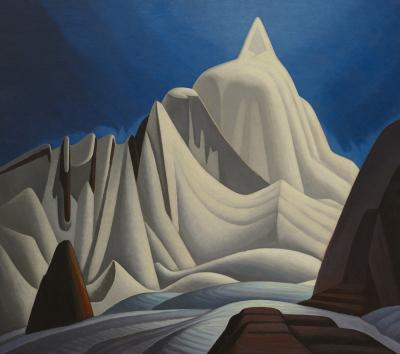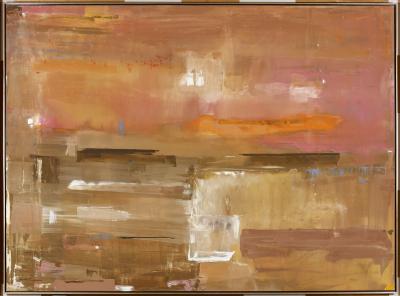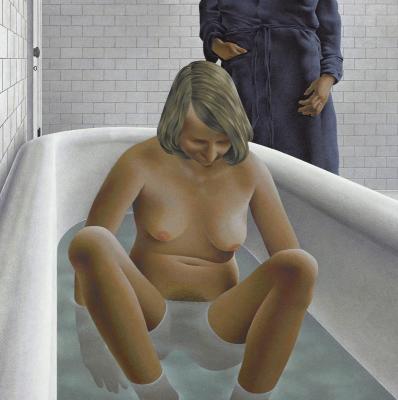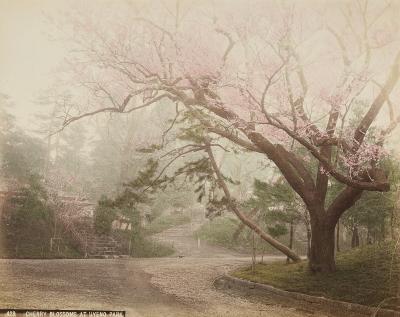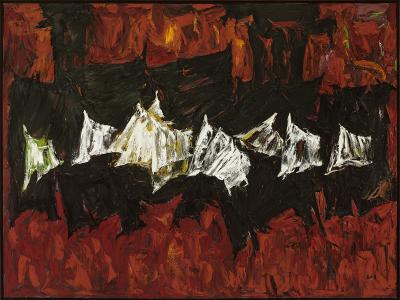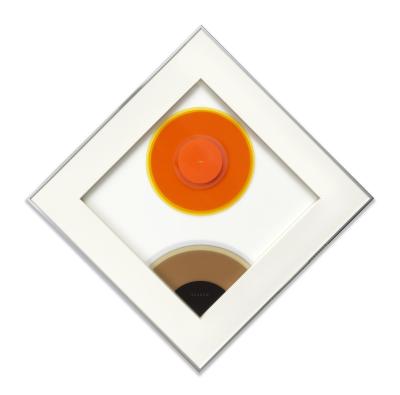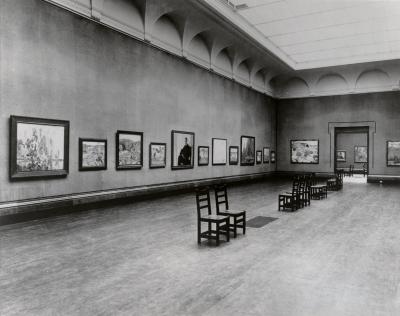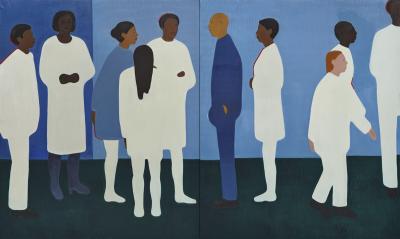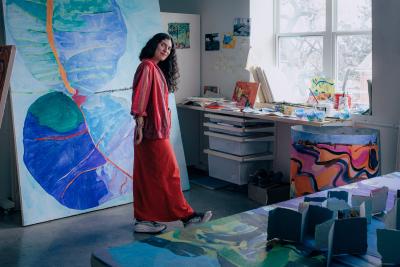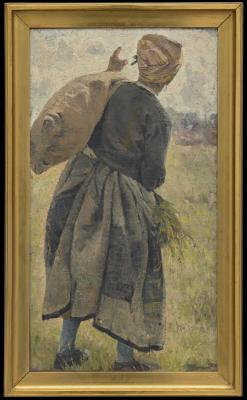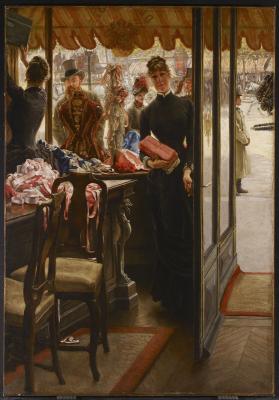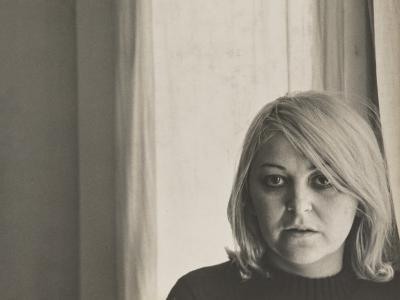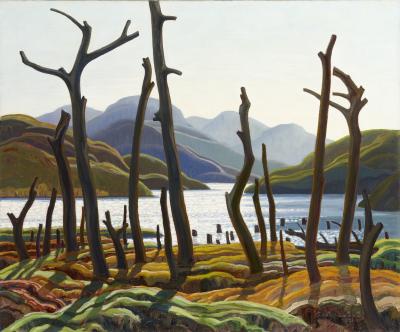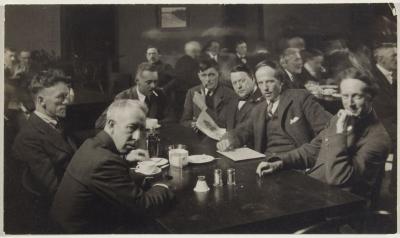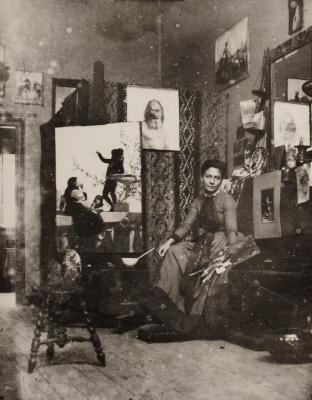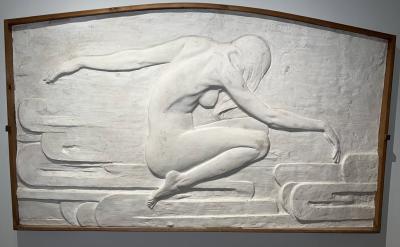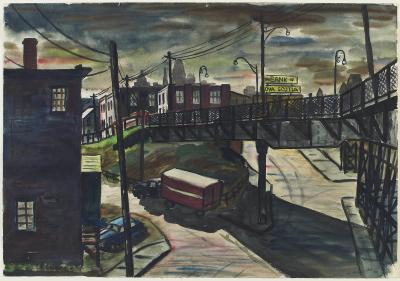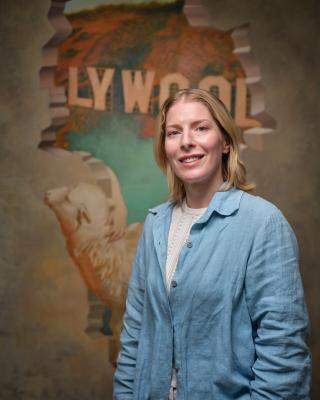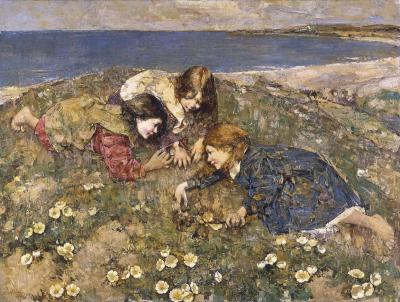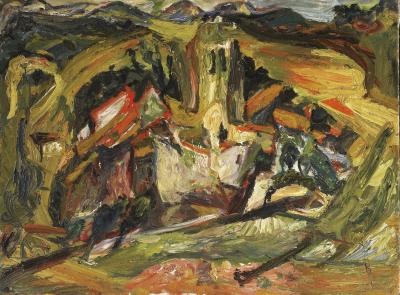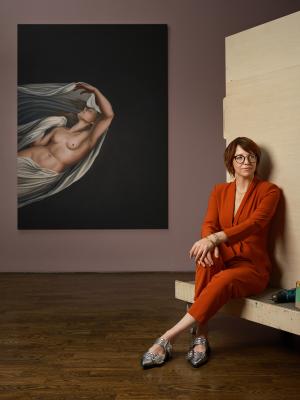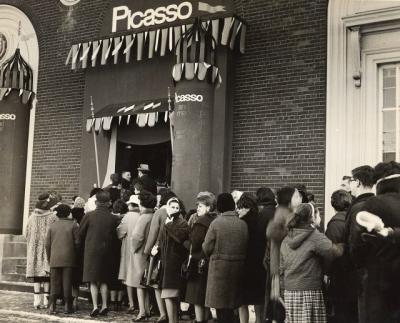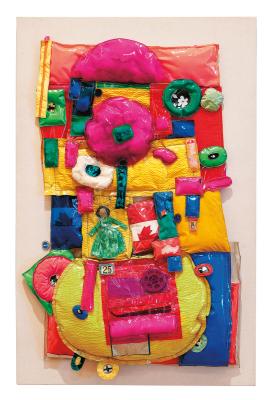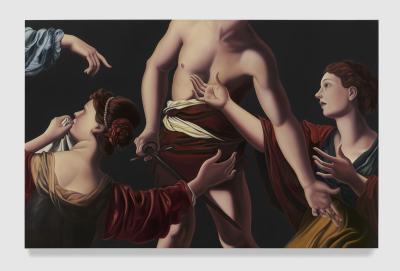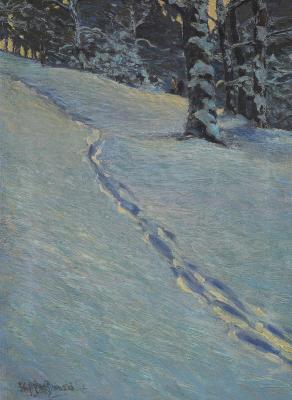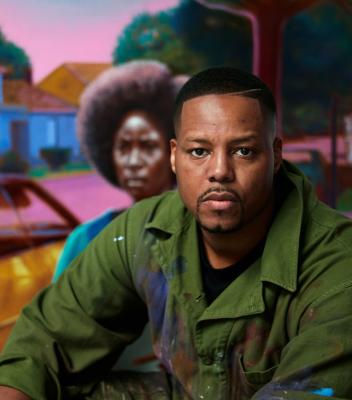Maru Aponte on Pushing the Boundaries of Watercolour
The current AGO X RBC Artist-in-Residence examines the intersections of watercolour and books
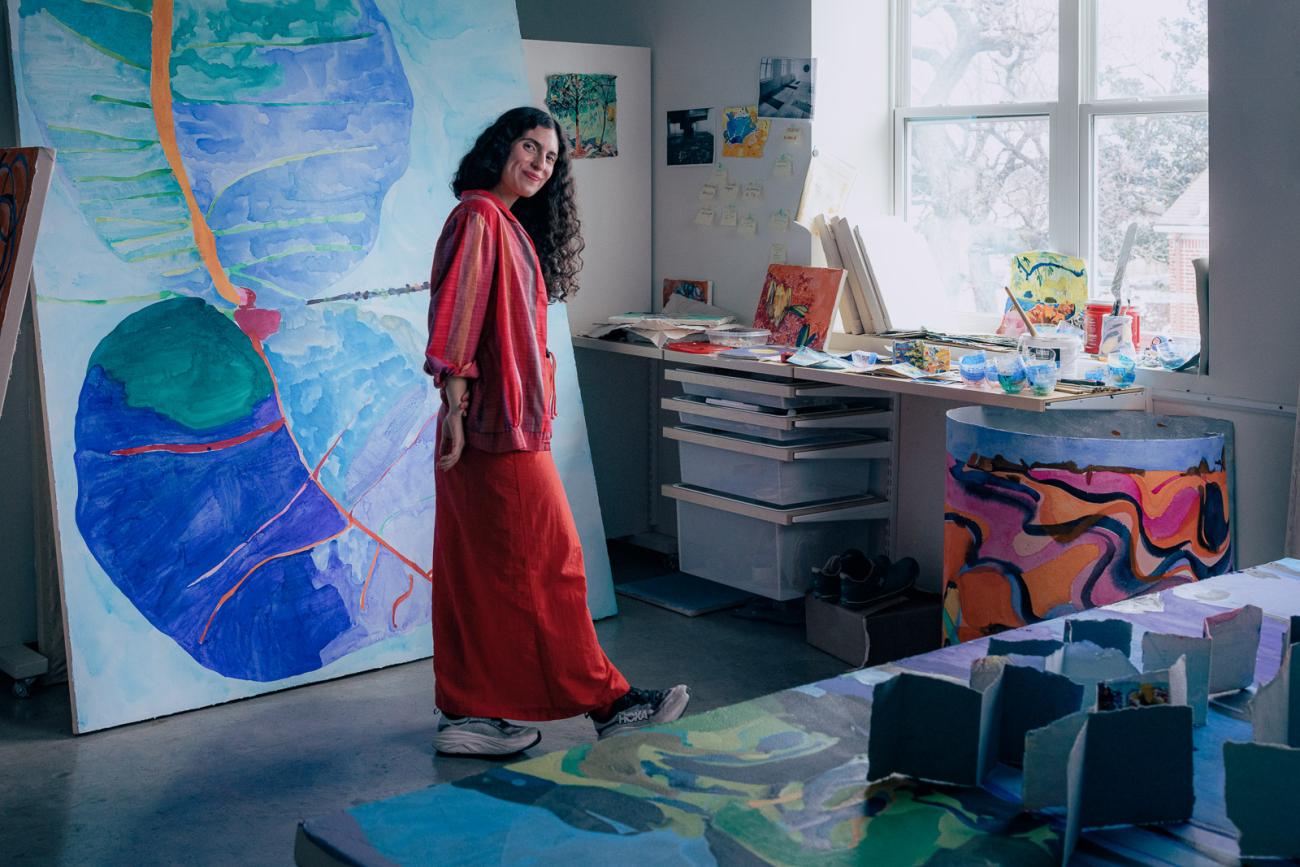
Maru Aponte. Photo by Francisco Ramos.
On June 25, visit Walker Court to see Maru Aponte's large-scale paper sculptures and handmade paper created during her residency. Also, on June 25, join Marina Dumont-Gauthier, Curatorial Assistant at the AGO, for a public conversation with Aponte and Toronto-based Mexican photographer Ernesto Cabral de Luna. Please visit AGO.ca.
---
It’s the seemingly minute or inconvenient aspects of Maru Aponte’s practice that provide the artist with new windows into the possibilities of watercolours: the ripping and folding paper so she can paint outside, the unexpected ways watercolours can dry, and humidity’s ability to make mounted paper fold.
Aponte creates vibrant, saturated, and three-dimensional watercolour paintings that challenge the boundaries of the medium and explore her Caribbean heritage and identity. While she is proud to share her finished works, Aponte is more interested in exploring and sharing her process of making, something she plans to do during her time as the current AGO X RBC Artist-in-Residence.
For her residency, Aponte hopes to engage fellow Latinx individuals in a shared making process and memory rooted in their unique cultural experiences and heritage. She is also hosting The Sea is a House, a youth workshop series on May 14, where participants will explore papermaking and bookbinding.

Luna Moth, 2024. Watercolour on canvas, 60 x 72 in. Photo by: Ifdocumentation
Being from Puerto Rico, Aponte feels a natural connection to watercolours as a medium. This connection continued to grow as she travelled back and forth from her homeland over the past decade.
“[My] relationship to water – I think that's one of the biggest reasons why I gravitate towards watercolour,” she explained. “Watercolour is a medium that's not fixed. It's very fluid and has a lot of authority on its own. In a way, I feel like I'm collaborating with the medium as it makes a lot of the decisions, and I react to what it does. If I leave when a work is wet, I might come back and find it went in a different direction, or even the gravity of where it’s being made can affect it.”
Much of Aponte’s practice focuses on challenging preconceptions of watercolour, often viewed as a “low” art form. Her watercolours stray from conventional teachings she learned while studying painting: that good paintings should be made with oil paints, that watercolours should only be created on light surfaces, and that paintings should be done on canvas.
Aponte begins all her paintings “en plein air” (outdoors), equipped with a beach chair, her watercolours, and bits of ripped paper accordion folded to fit into her pocket. During her undergraduate studies, Aponte was introduced to the concept of books as art, an understanding that led her to see her small-format work on paper as both paintings and books – artist books, as she calls them.
“There was something about the format of accordion books that really facilitated how I view things,” she said. “I like the idea that you have to slow down when you’re viewing an accordion book because you can view things per page, but then there’s also a whole picture. Working this way feels very important because there is this idea that your final work is the most precious, but for me, that’s not true. The starting points are also very important.”
This connection between art and books led Aponte to display her watercolours in non-traditional ways. She has re-created a sample of these paper books on a larger scale, creating an immersive experience for viewers as they are able to walk through the pages. These large-scale works follow the same ripped edges and folds as the original paper accordion books, which is how these large-format versions can stand independently.
“If I weren’t thinking about the physicality of books, all of this wouldn’t have started,” Aponte said. “A lot of my work was informed by how I was just folding things, and I came to realize my work doesn’t need to be hanging on a wall for it to be a painting, and a book doesn’t need to be closed sitting on a shelf – my work wants to exist differently.”
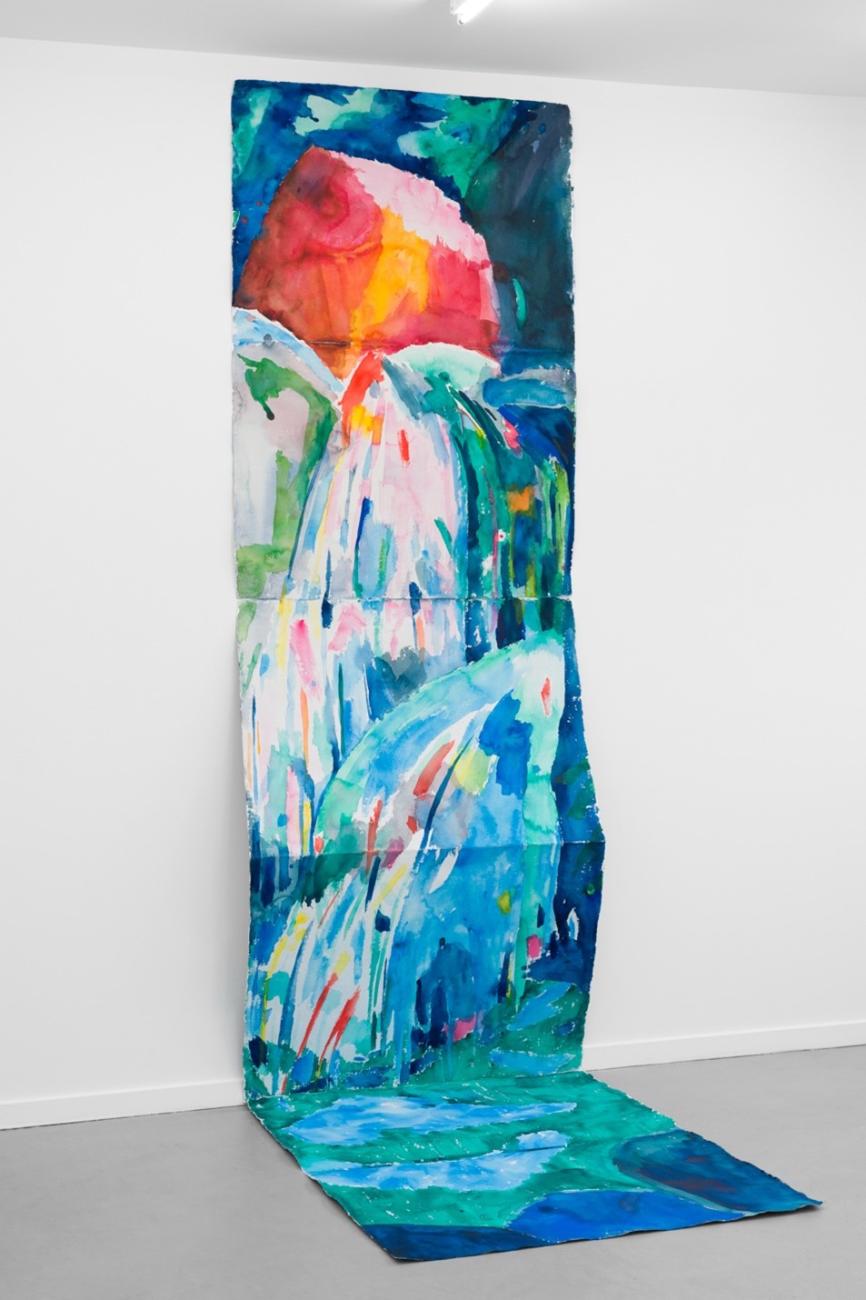
Twin Waterfalls, 13ft x 2.5ft. Watercolor on paper, 2023. Photo by: NK photo
And Aponte truly allows her work to exist as it wants. Her recent work, Miss Palomar (2024), was created during her residency at the Skowhegan School of Art in Maine. As she worked on this painting, she realized that the work began to move due to the humidity, morphing into different positions each time she returned to it. She presented the work as it folded organically, using her beach chair as a support.
“I was following the rhythm of moisture and the idea that the work itself is the first, second, and third person of the story,” Aponte explained. “I start from observation [outside] but when I'm working on a larger scale, I'm working elsewhere, so I’m interested in how the elements of abstraction communicate the systems of time and space.”
Aponte’s upcoming youth workshop series will continue exploring the process of making. Titled The House is a Sea, Aponte also aims to get participants thinking about how everyone is connected to elements of water. Three workshops will focus on how to make paper, while one will focus on bookbinding. Much like in her practice, the workshop will think through books as a form of art.
“When I was introduced to making books and the idea that a book is an artwork, that felt like a very pivotal moment in my artistic practice, because it changed the way I view things,” she recalled. “I would love to give that feeling to someone young and interested in the arts even earlier.”
Join the current AGO X RBC Artist-in-Residence Maru Aponte, for her artist spotlight on June 25. Also, on June 25, join Marina Dumont-Gauthier, Curatorial Assistant at the AGO, in conversation with Aponte and Toronto-based Mexican photographer Ernesto Cabral de Luna for a public talk. For more details, please visit AGO.ca.
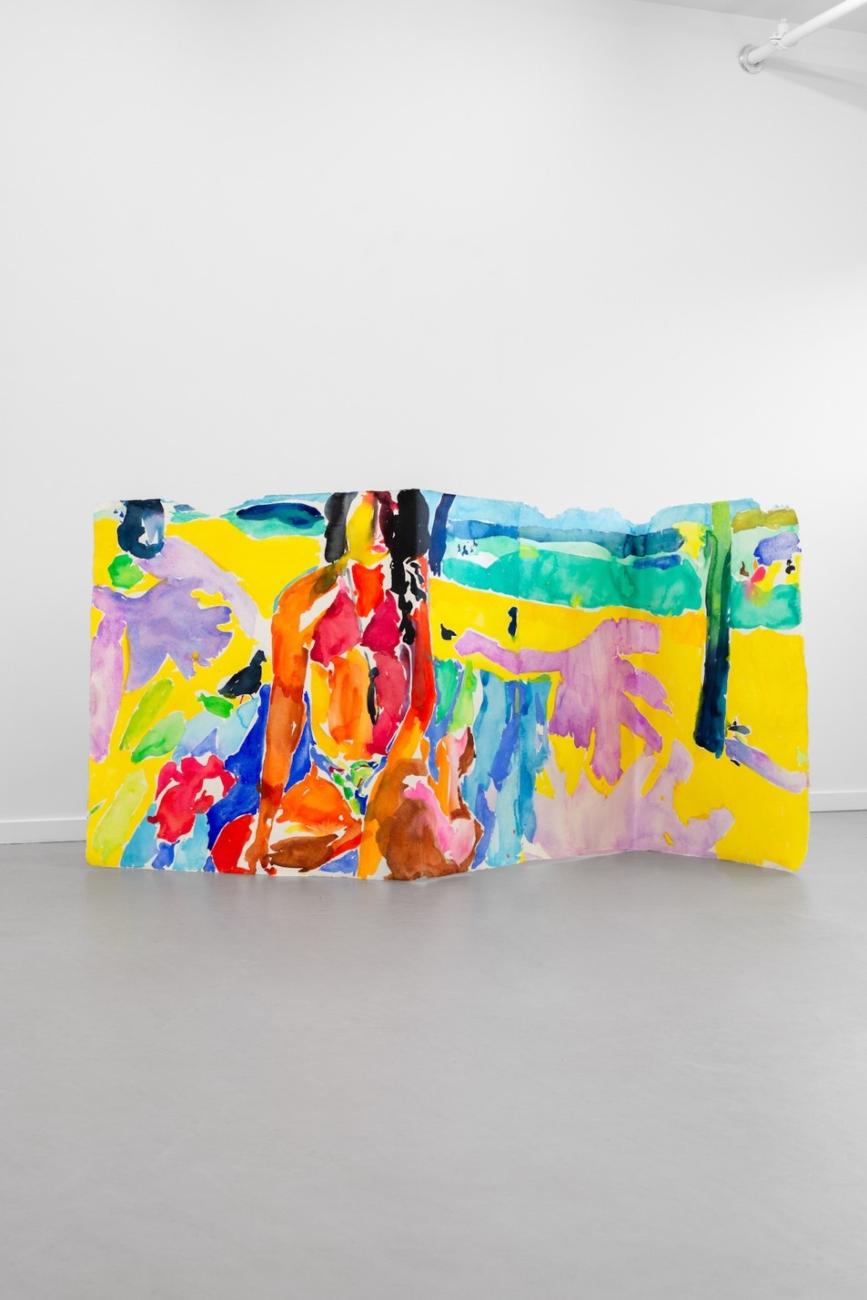
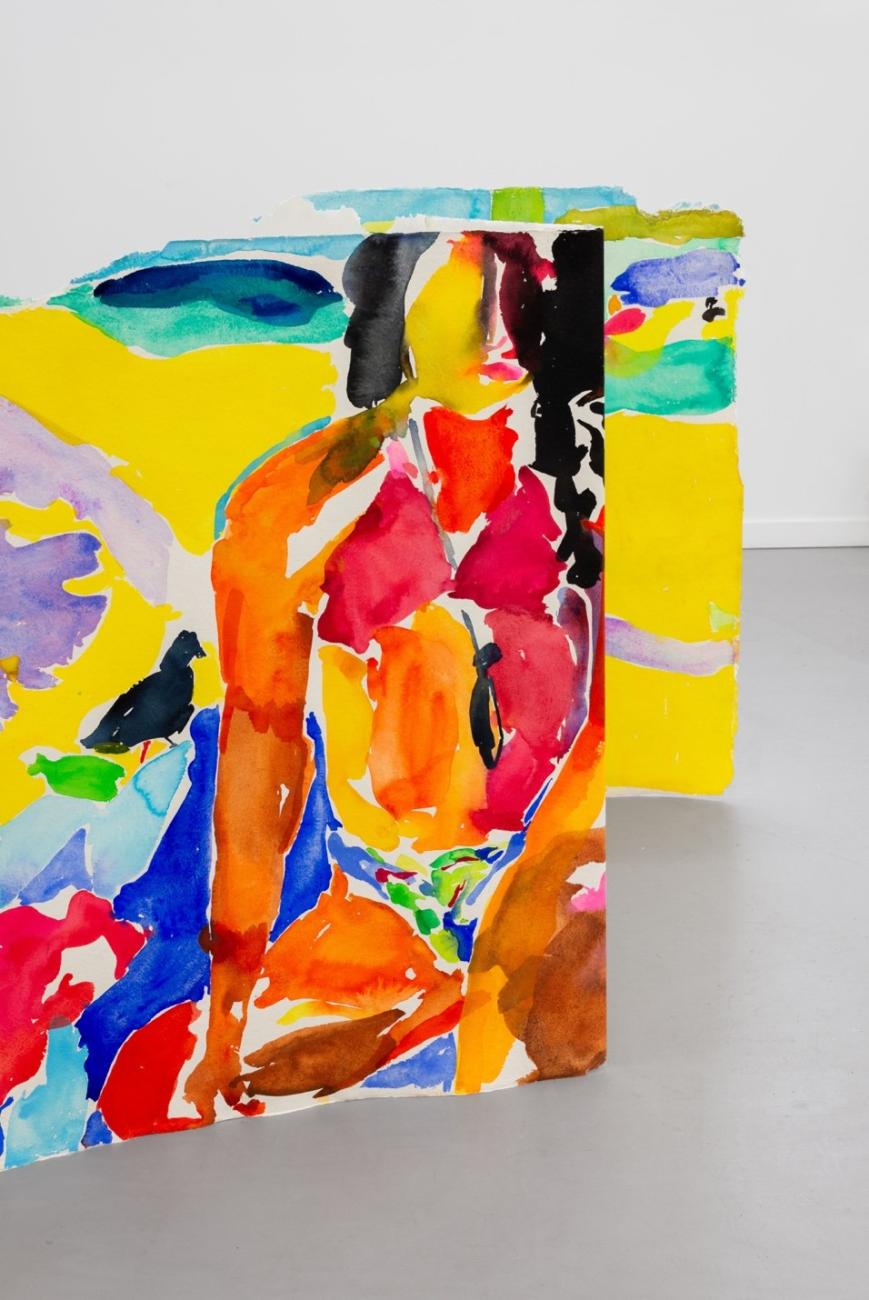
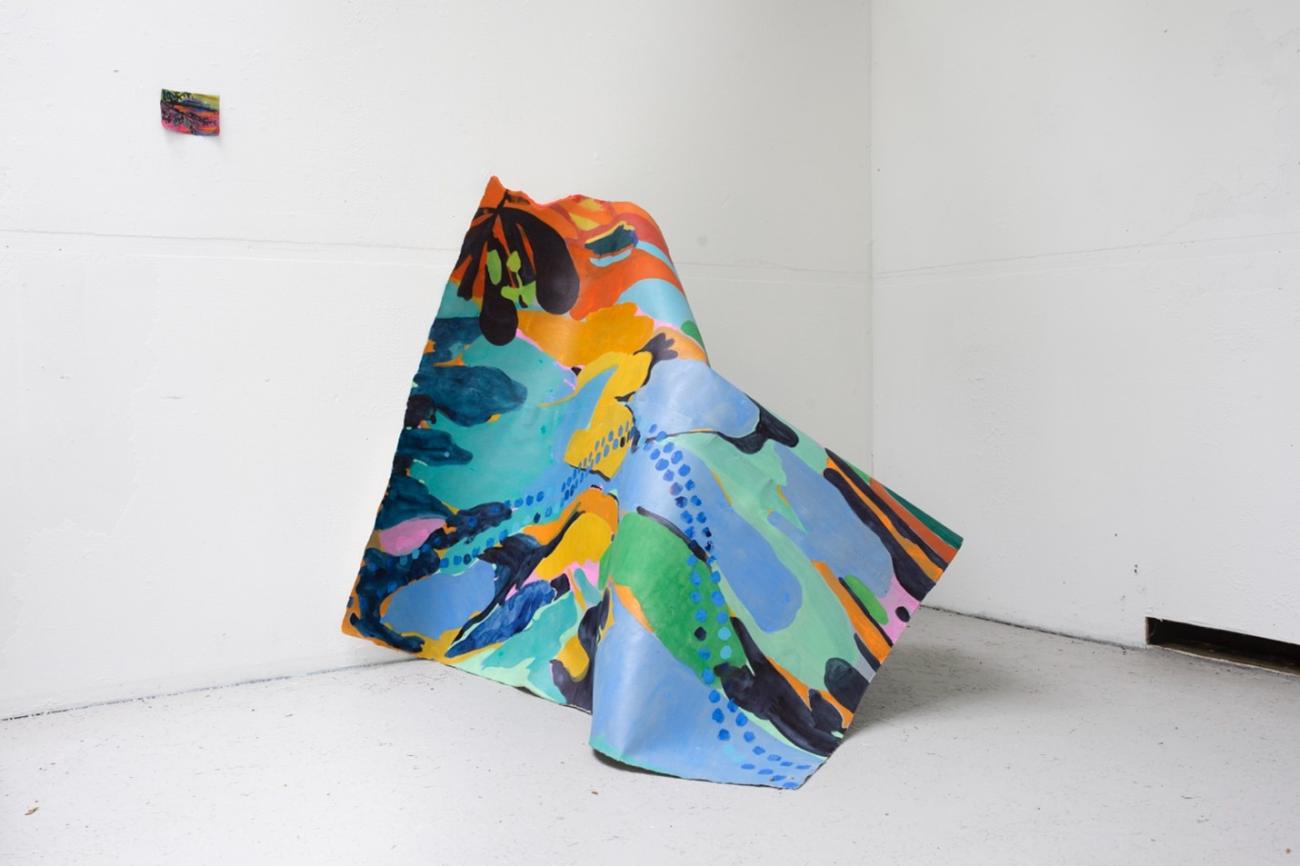
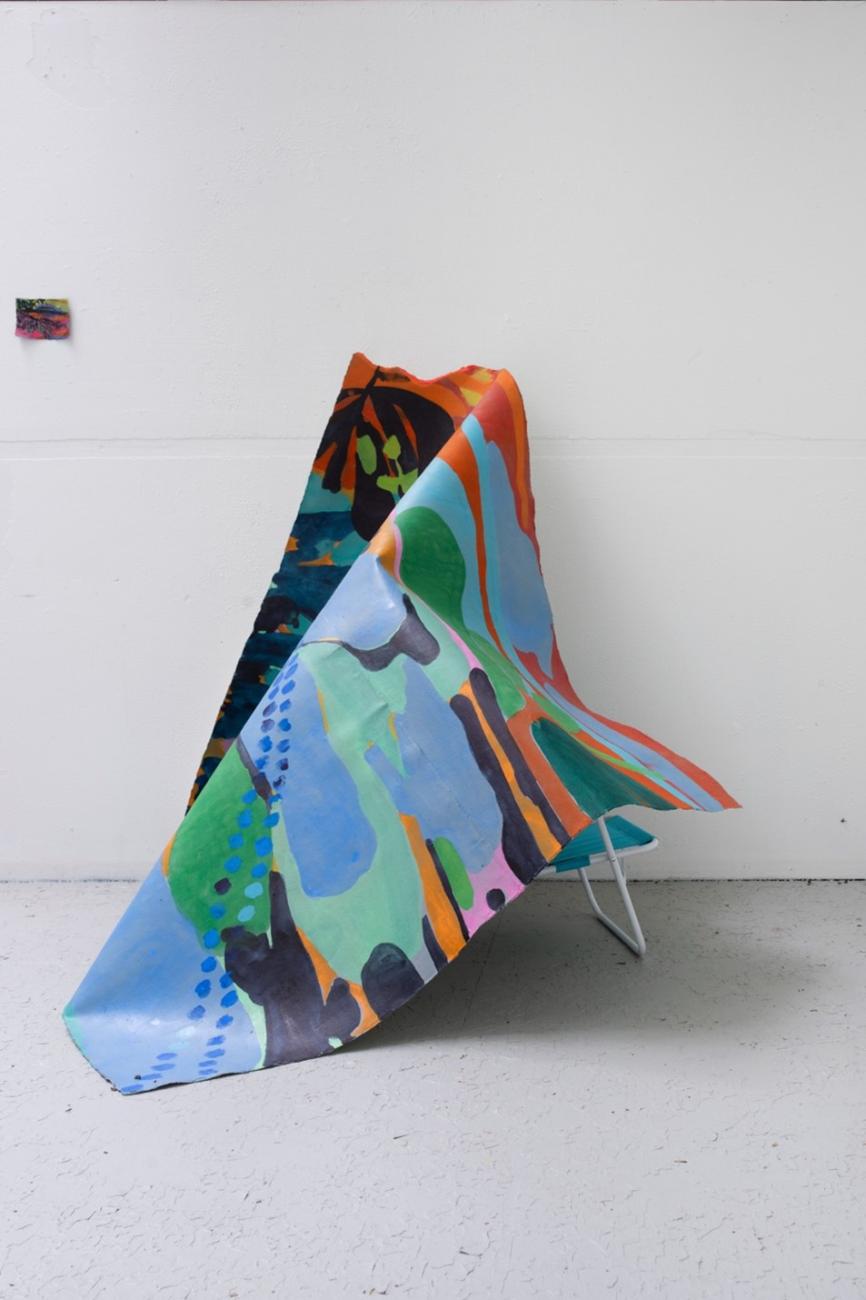
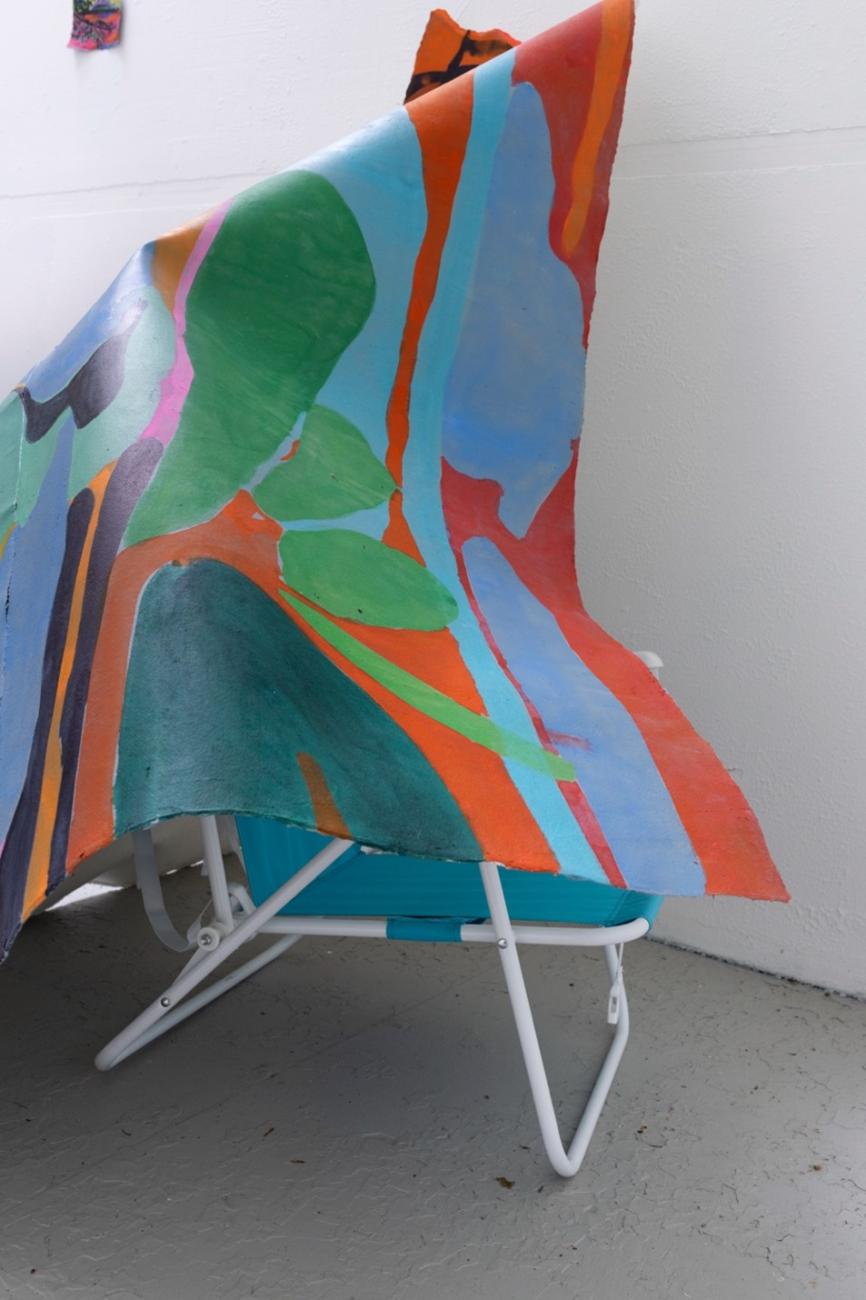

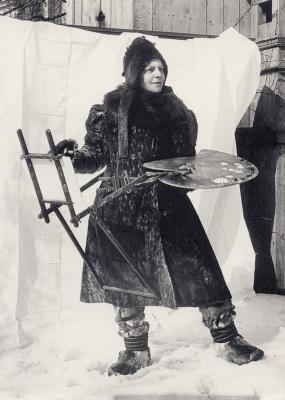
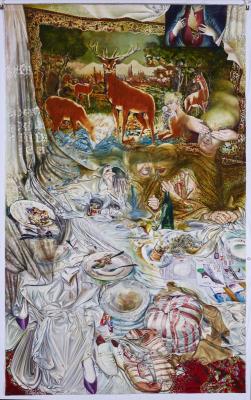
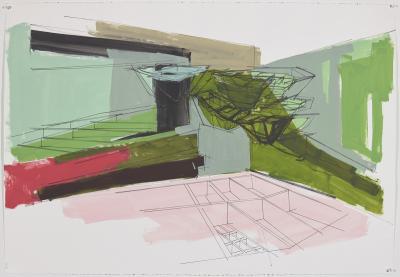
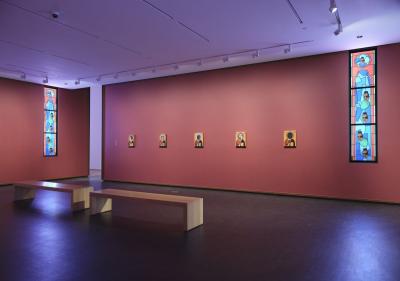
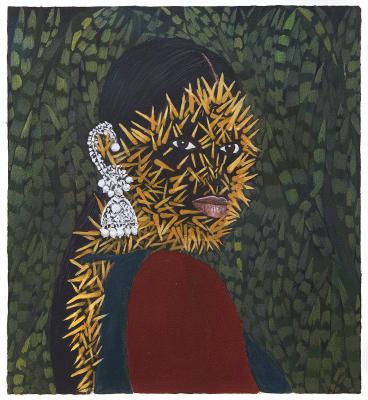
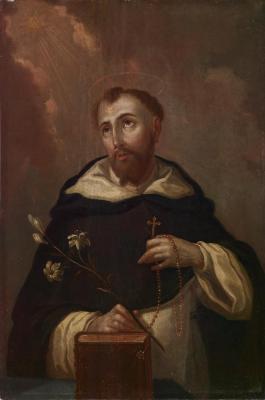
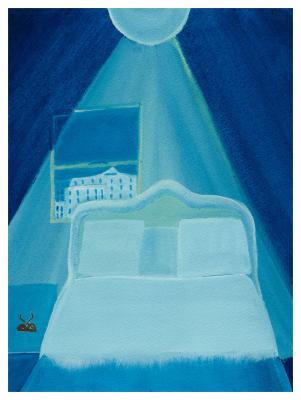
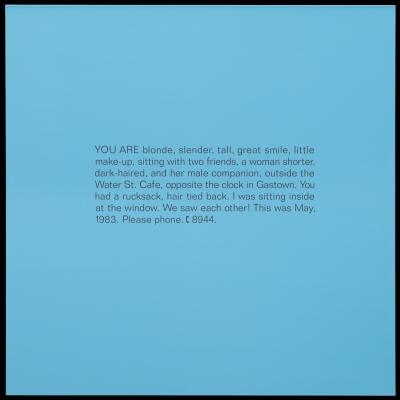
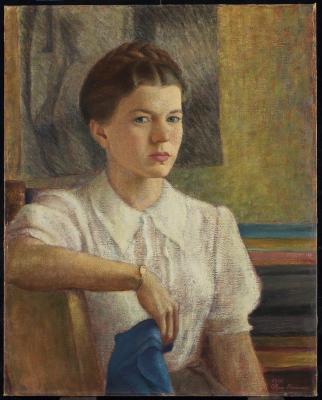
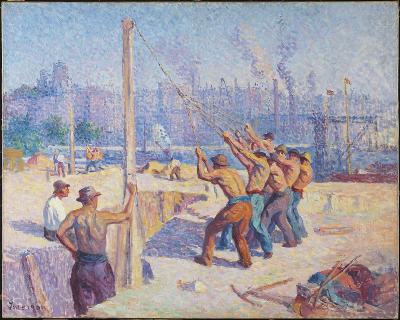

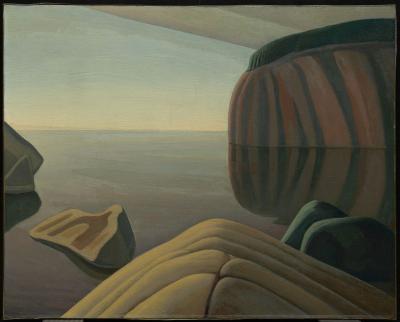
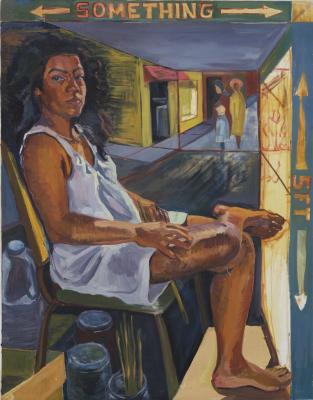
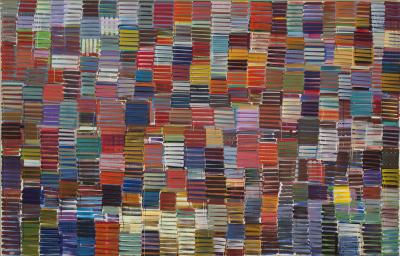
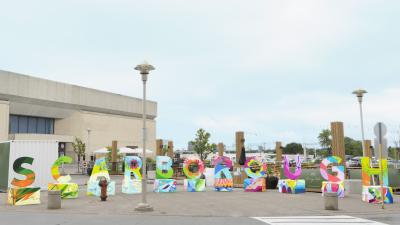
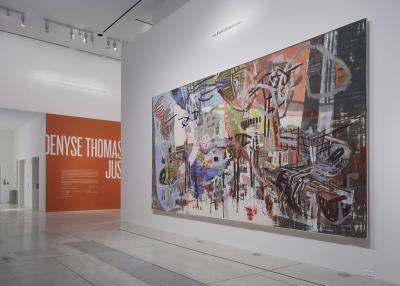
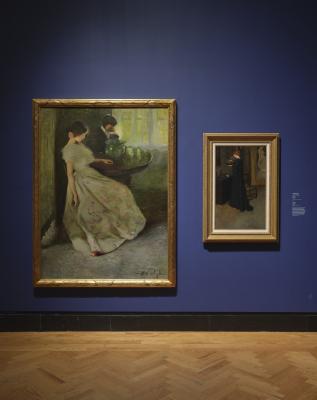
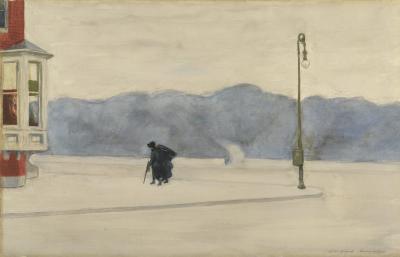
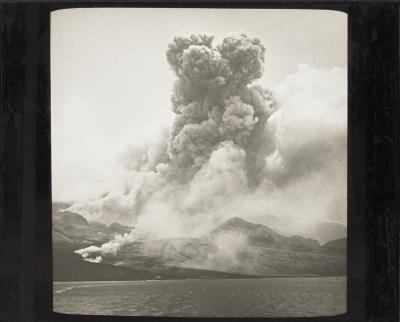
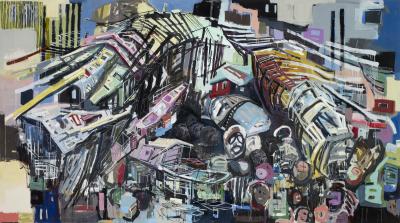
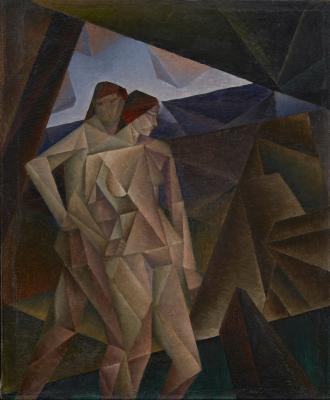
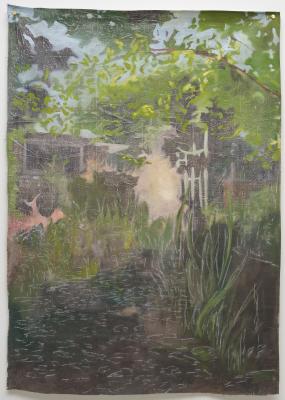
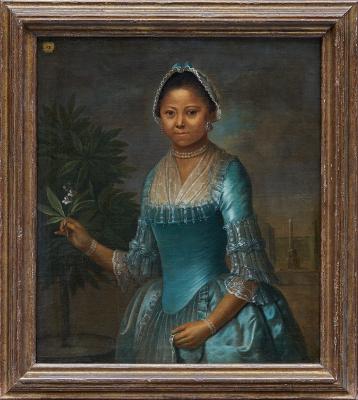
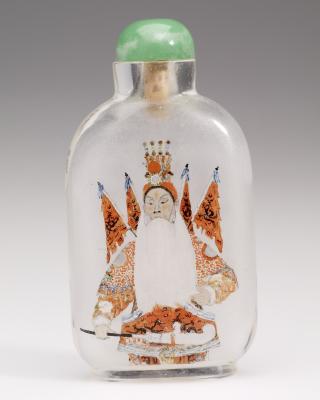
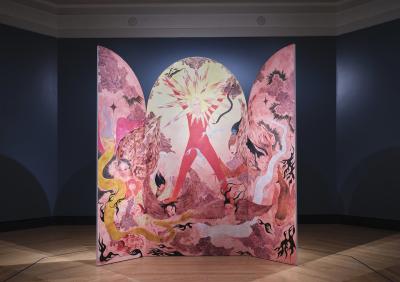
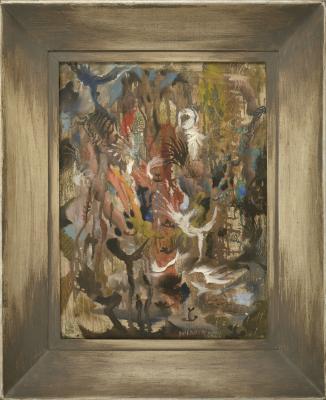
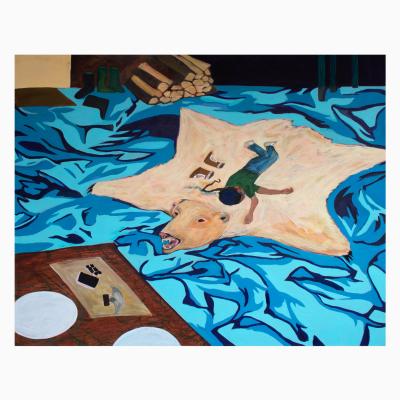
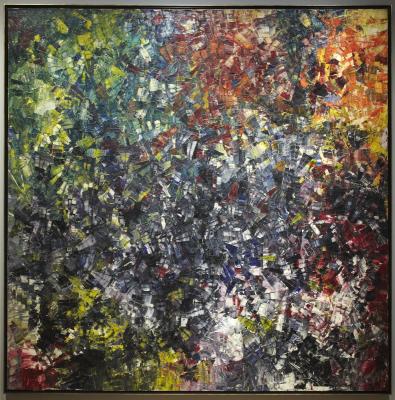
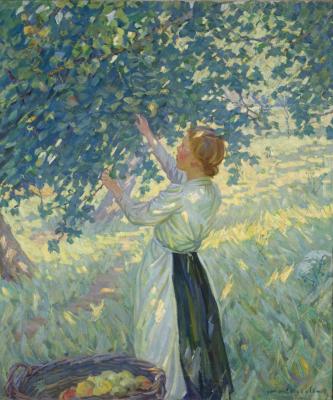
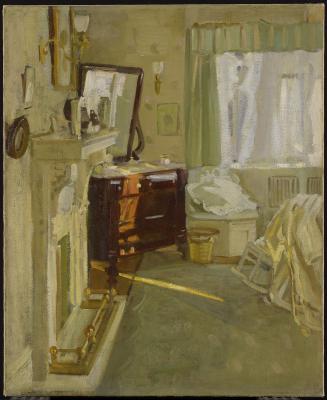
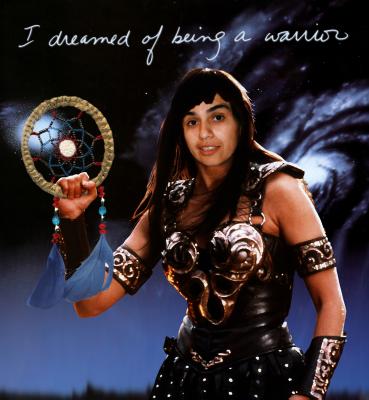
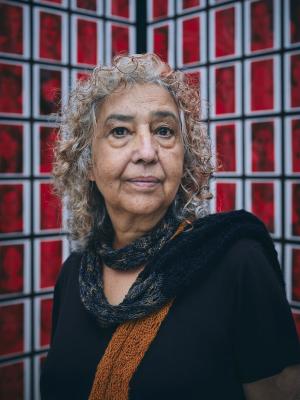
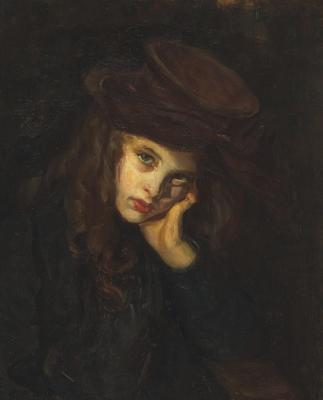
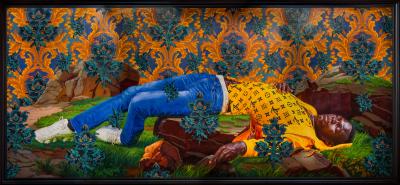
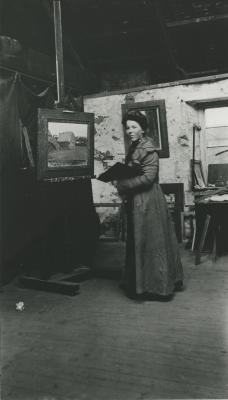

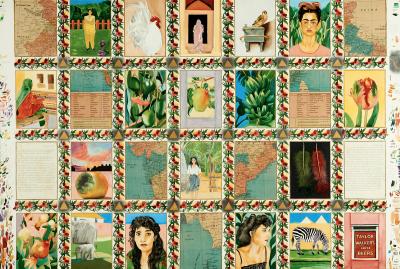
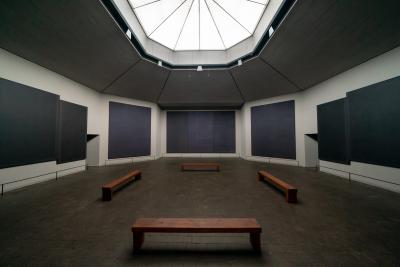
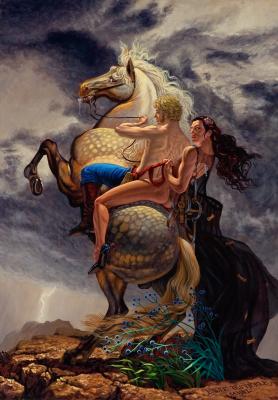
![Keith Haring in a Top Hat [Self-Portrait], (1989)](/sites/default/files/styles/image_small/public/2023-11/KHA-1626_representation_19435_original-Web%20and%20Standard%20PowerPoint.jpg?itok=MJgd2FZP)
